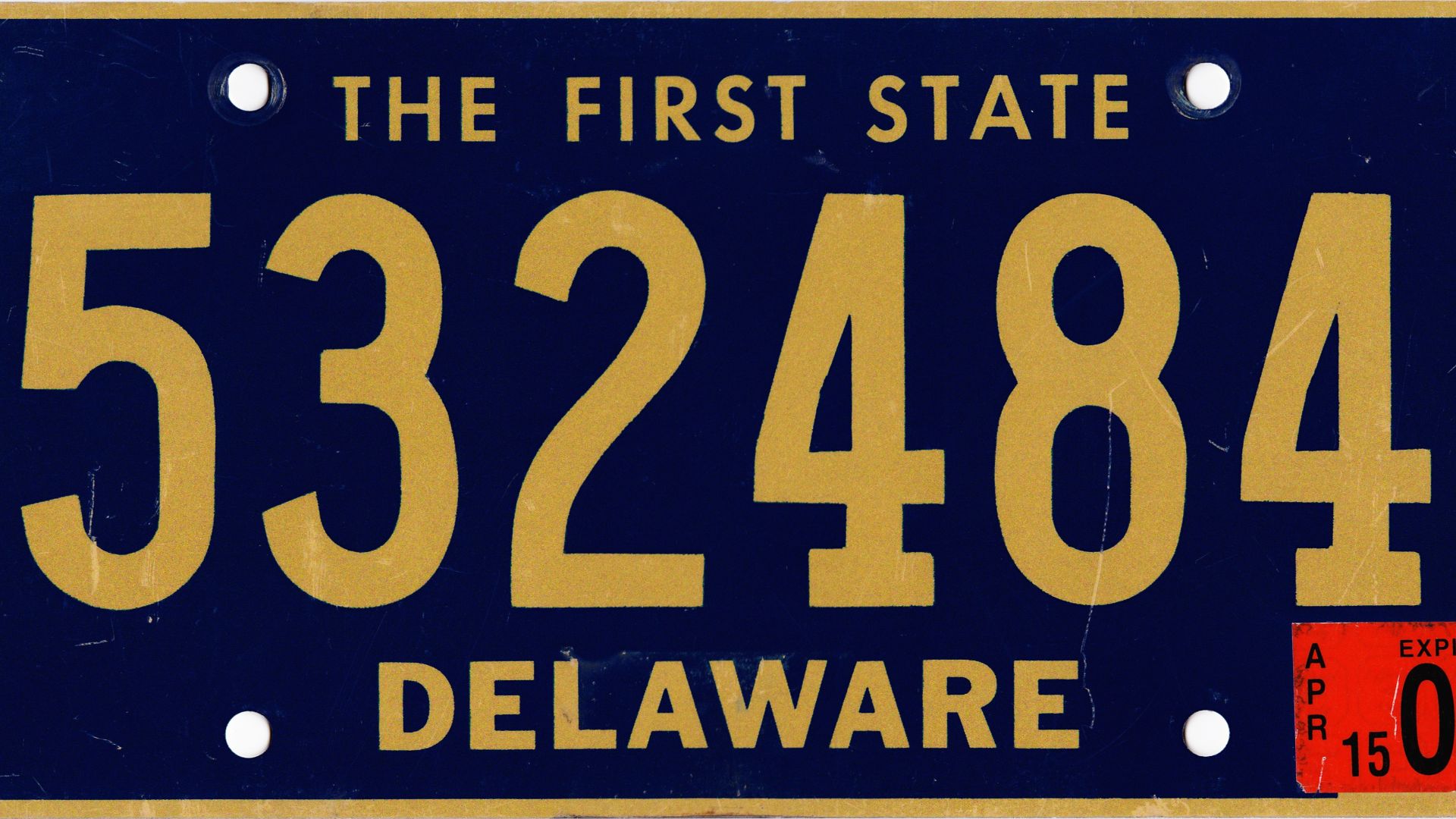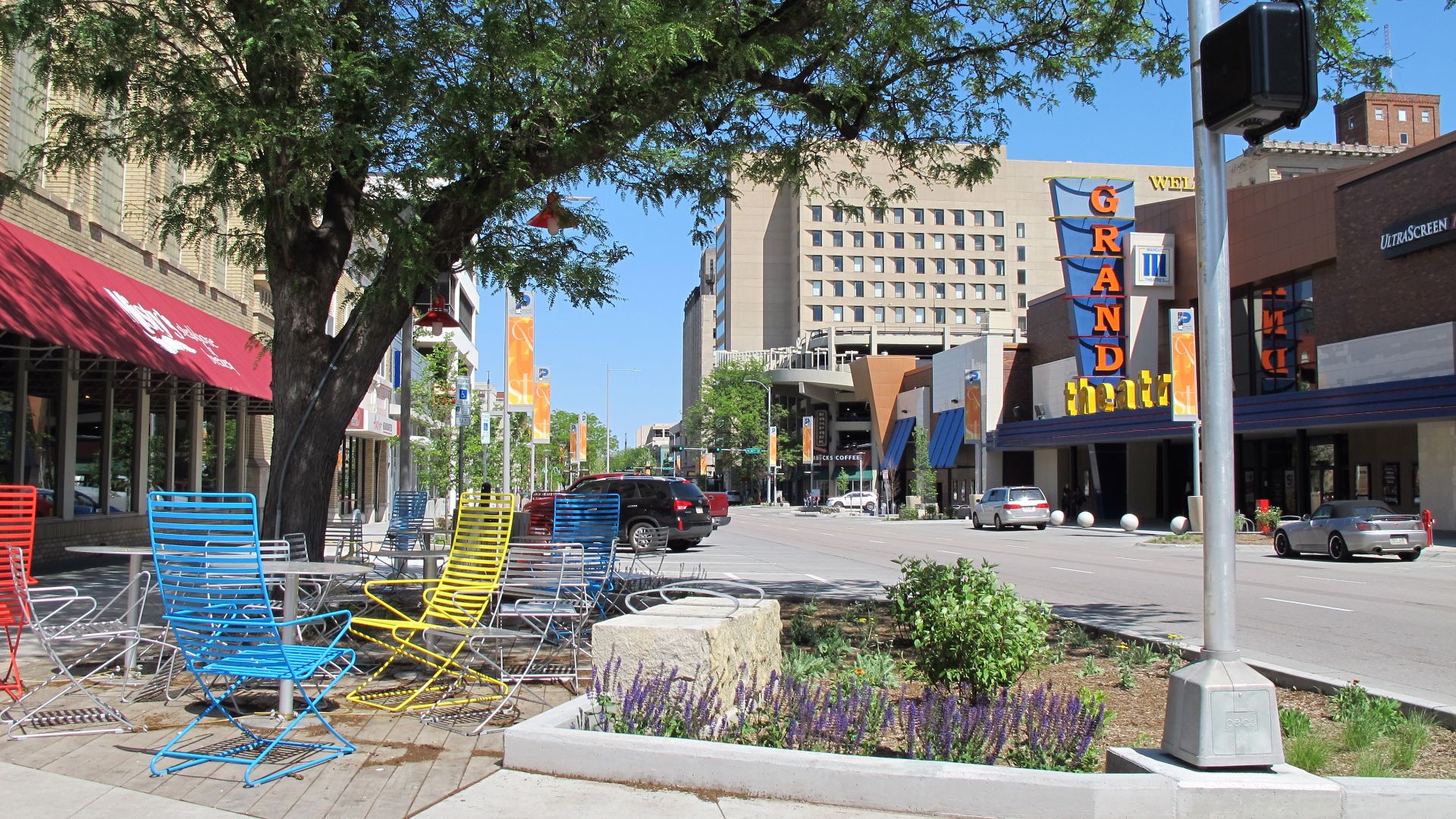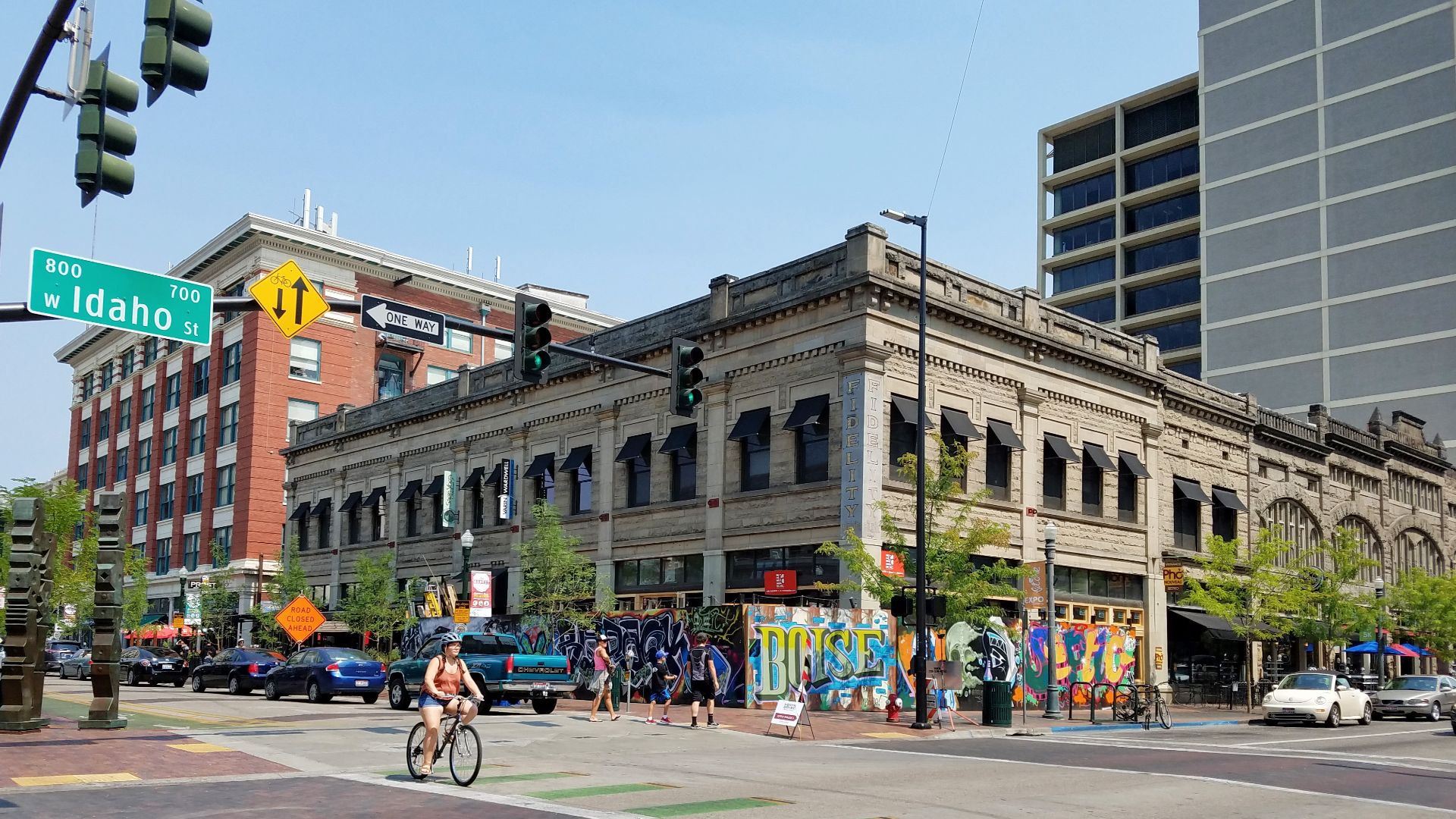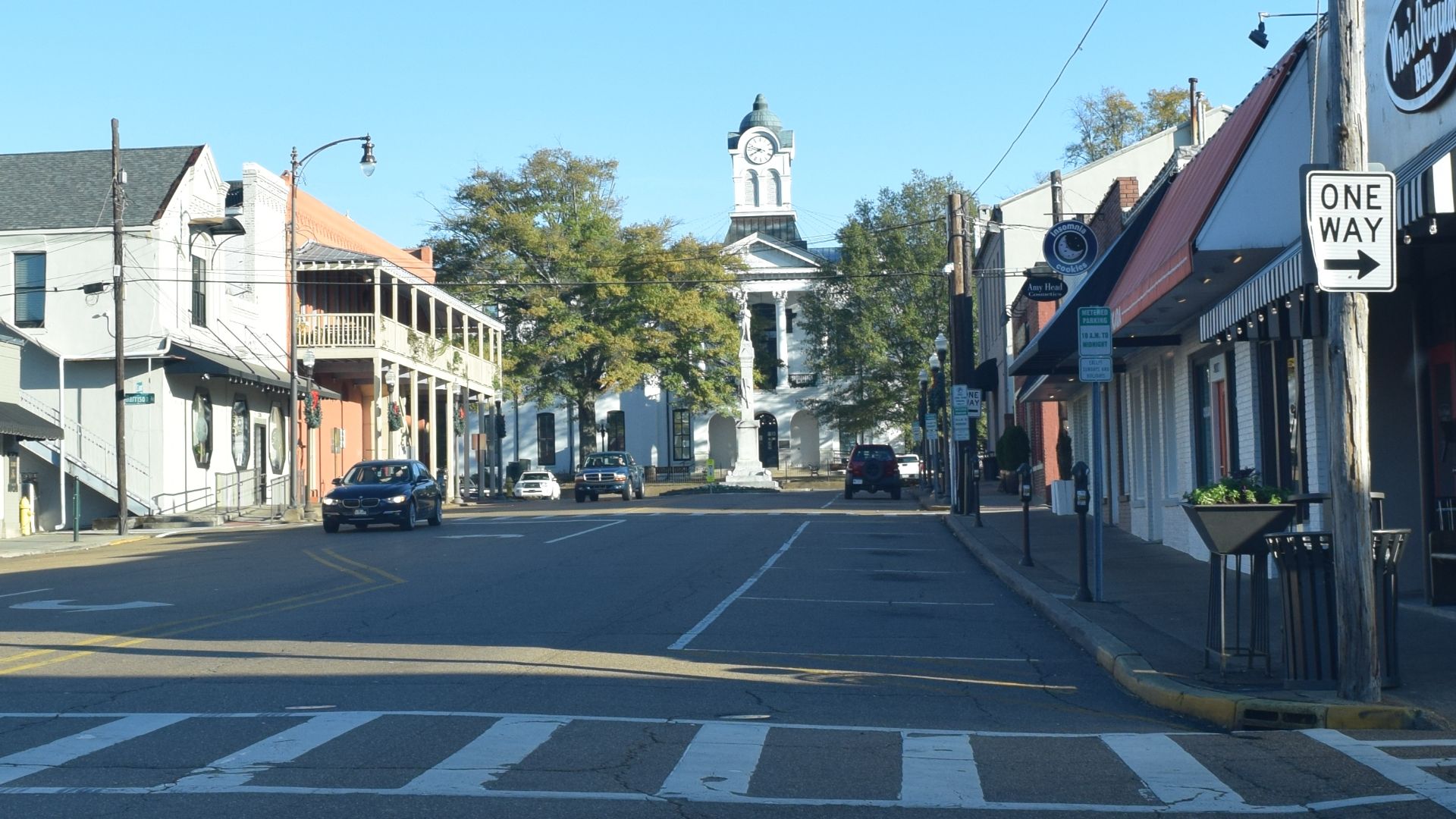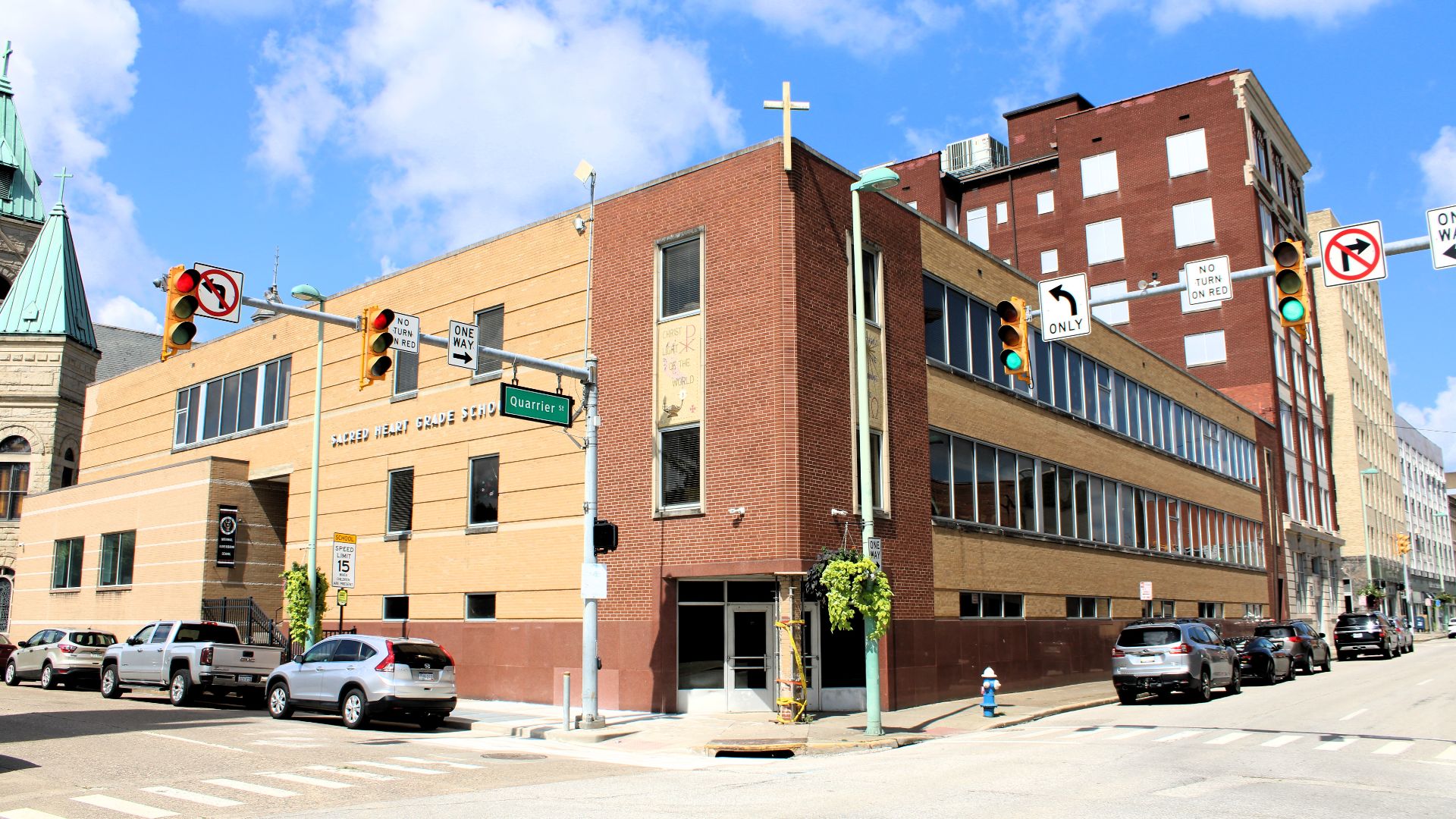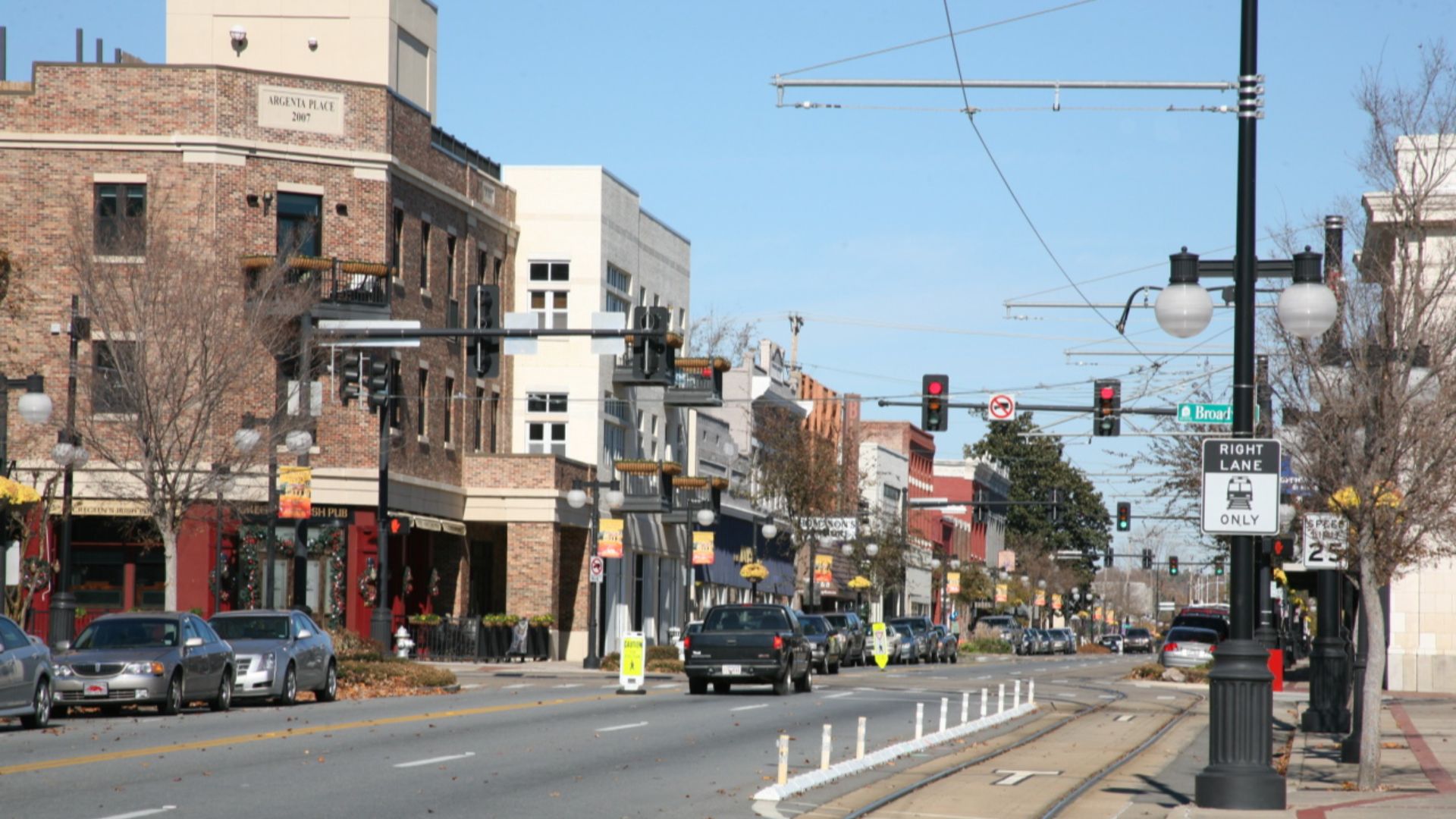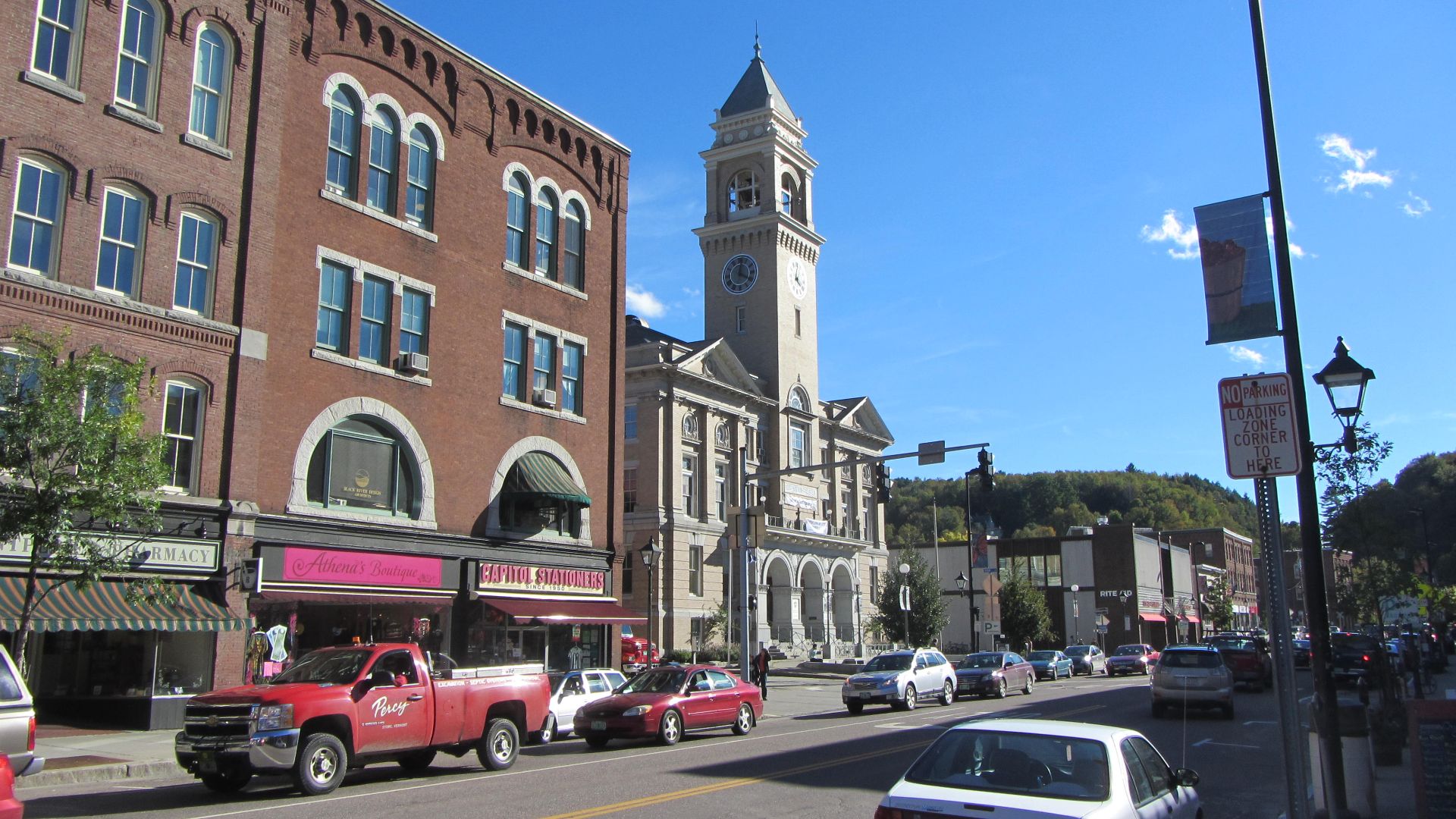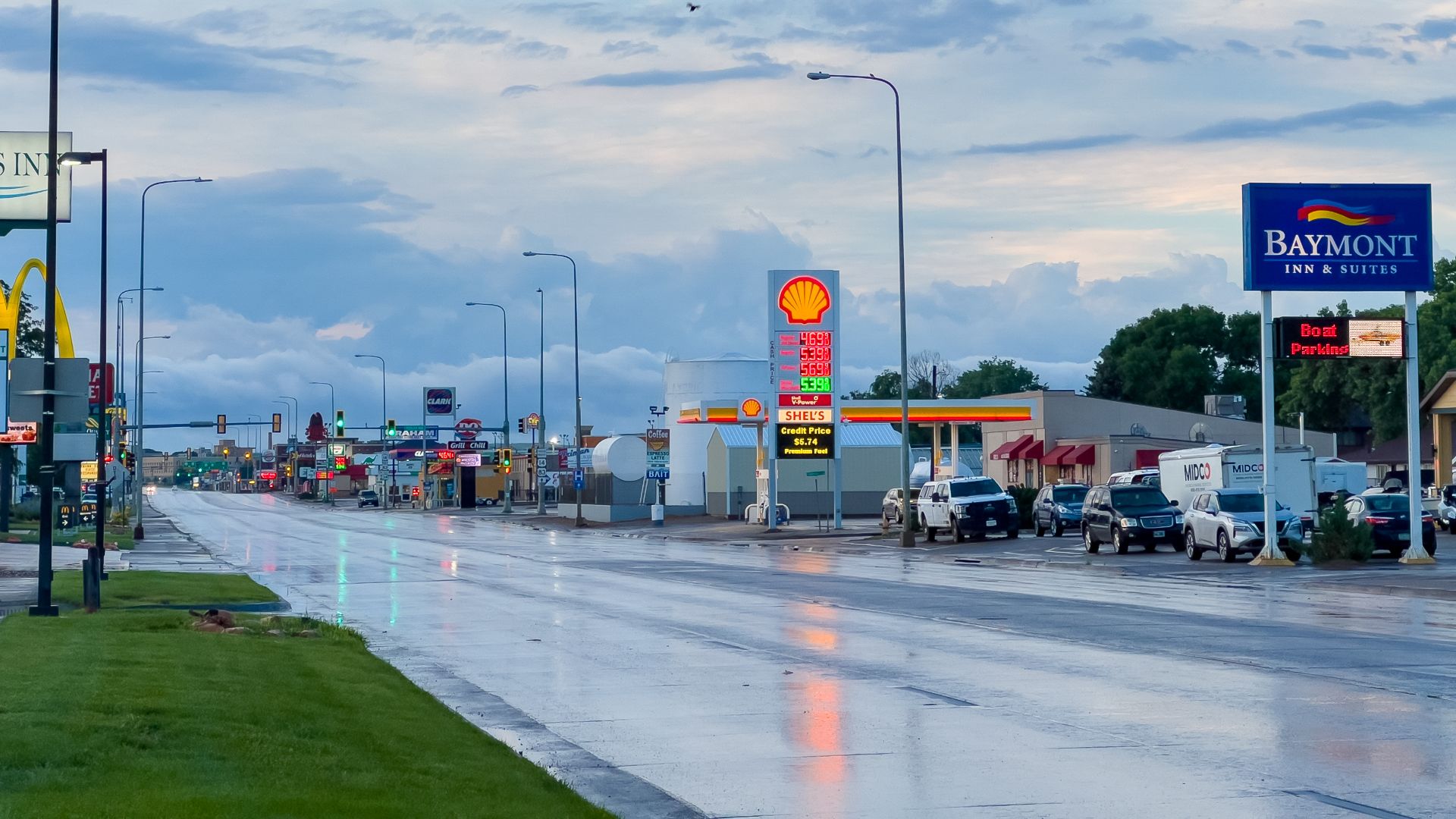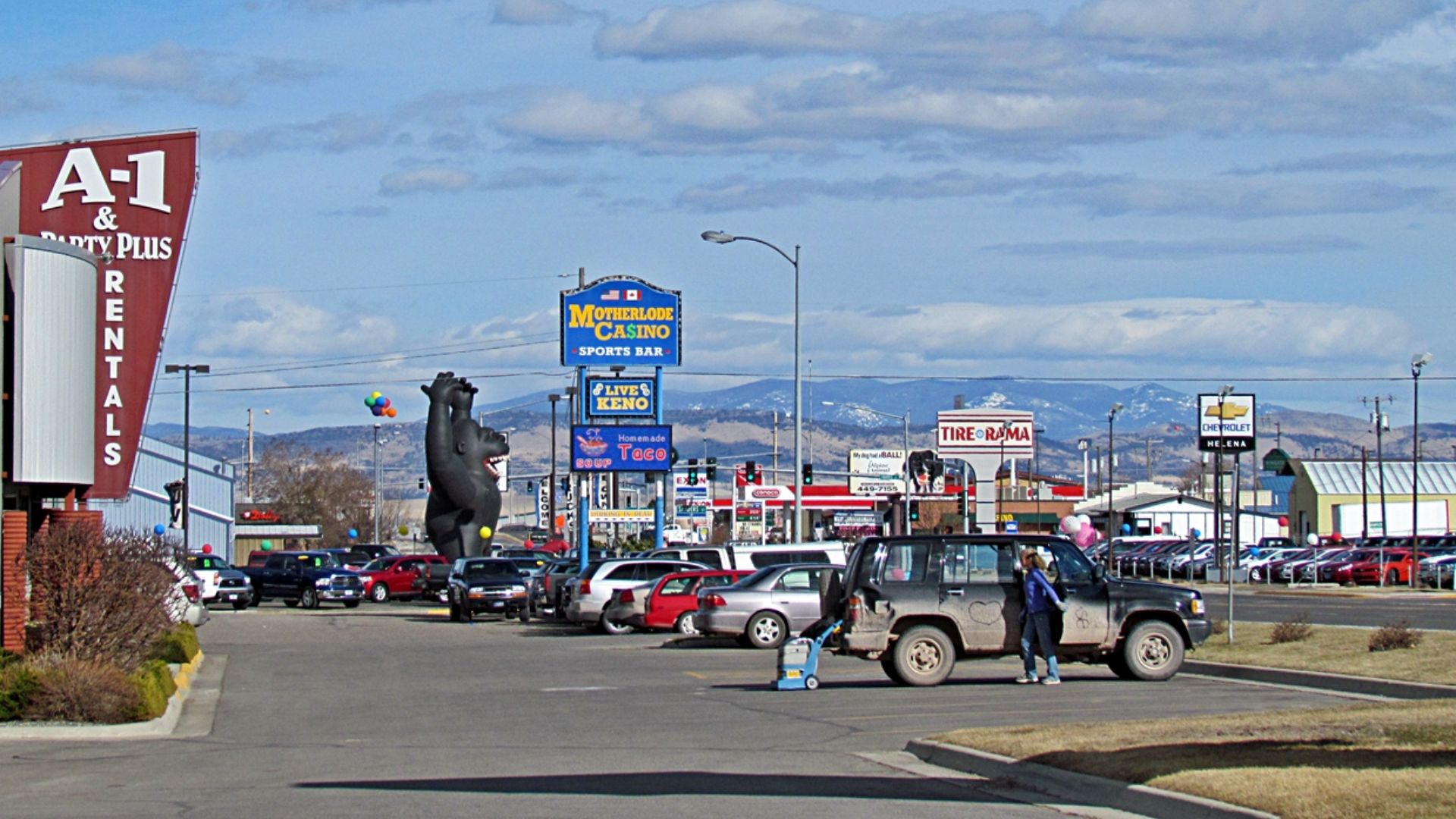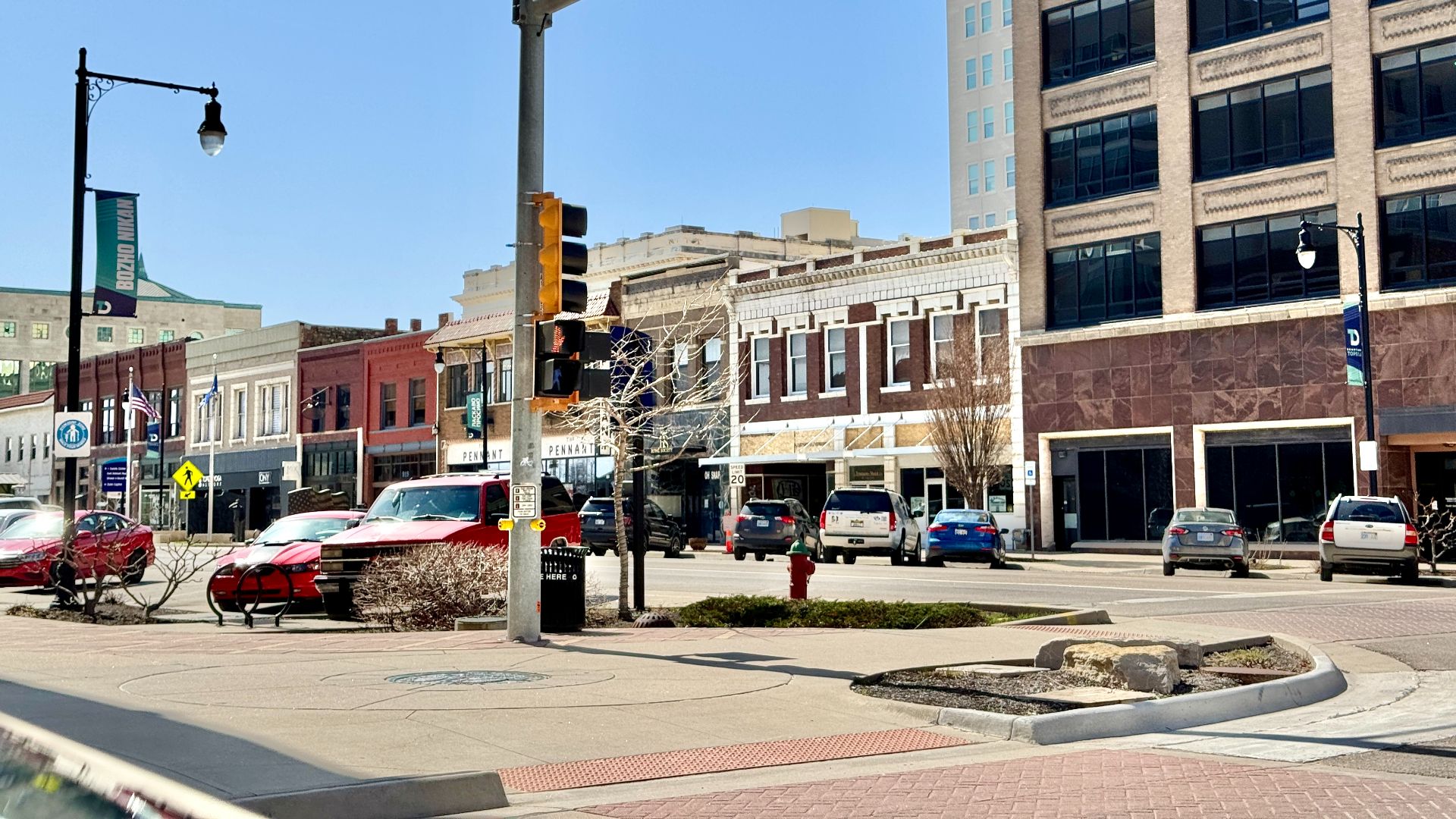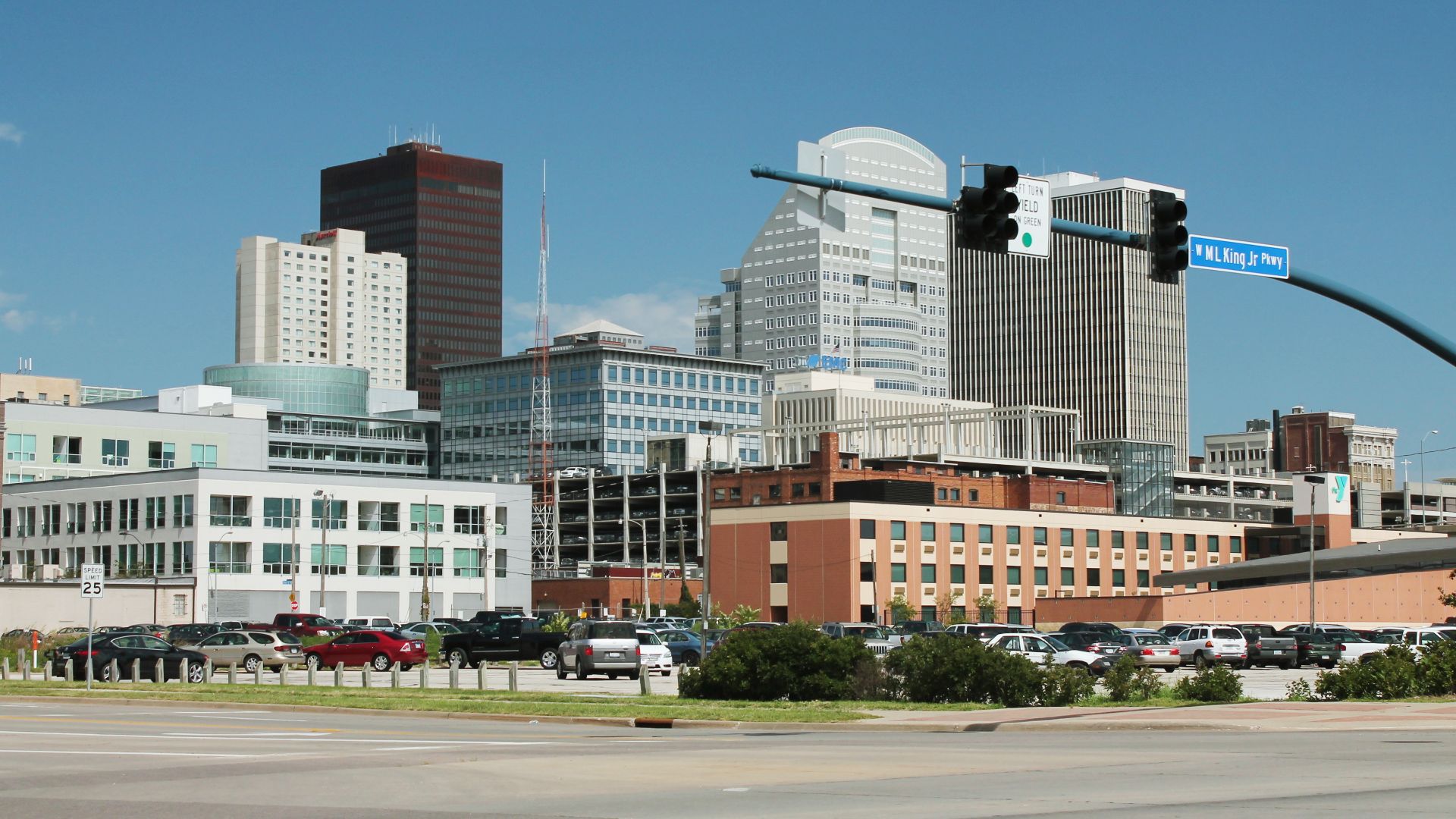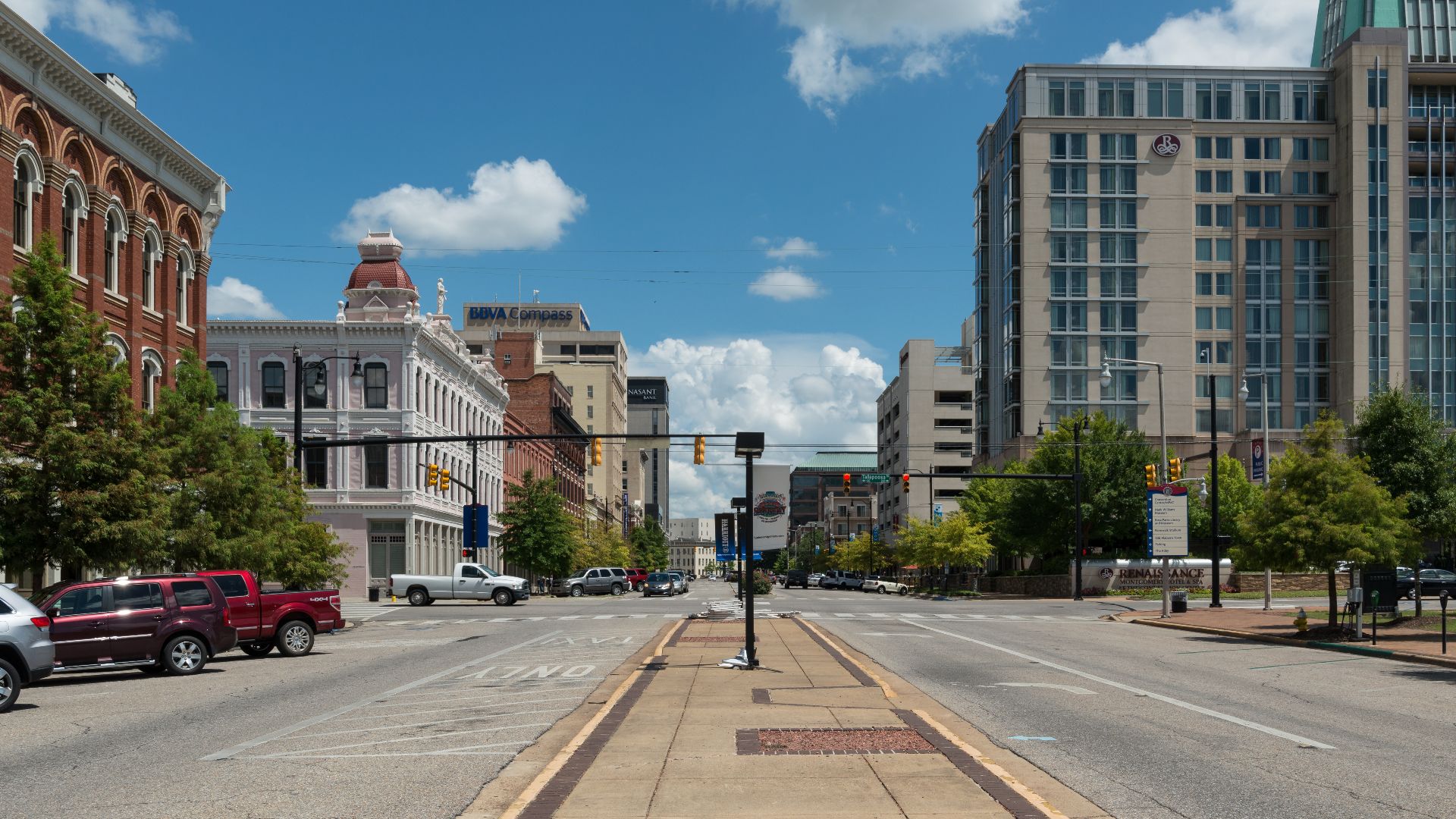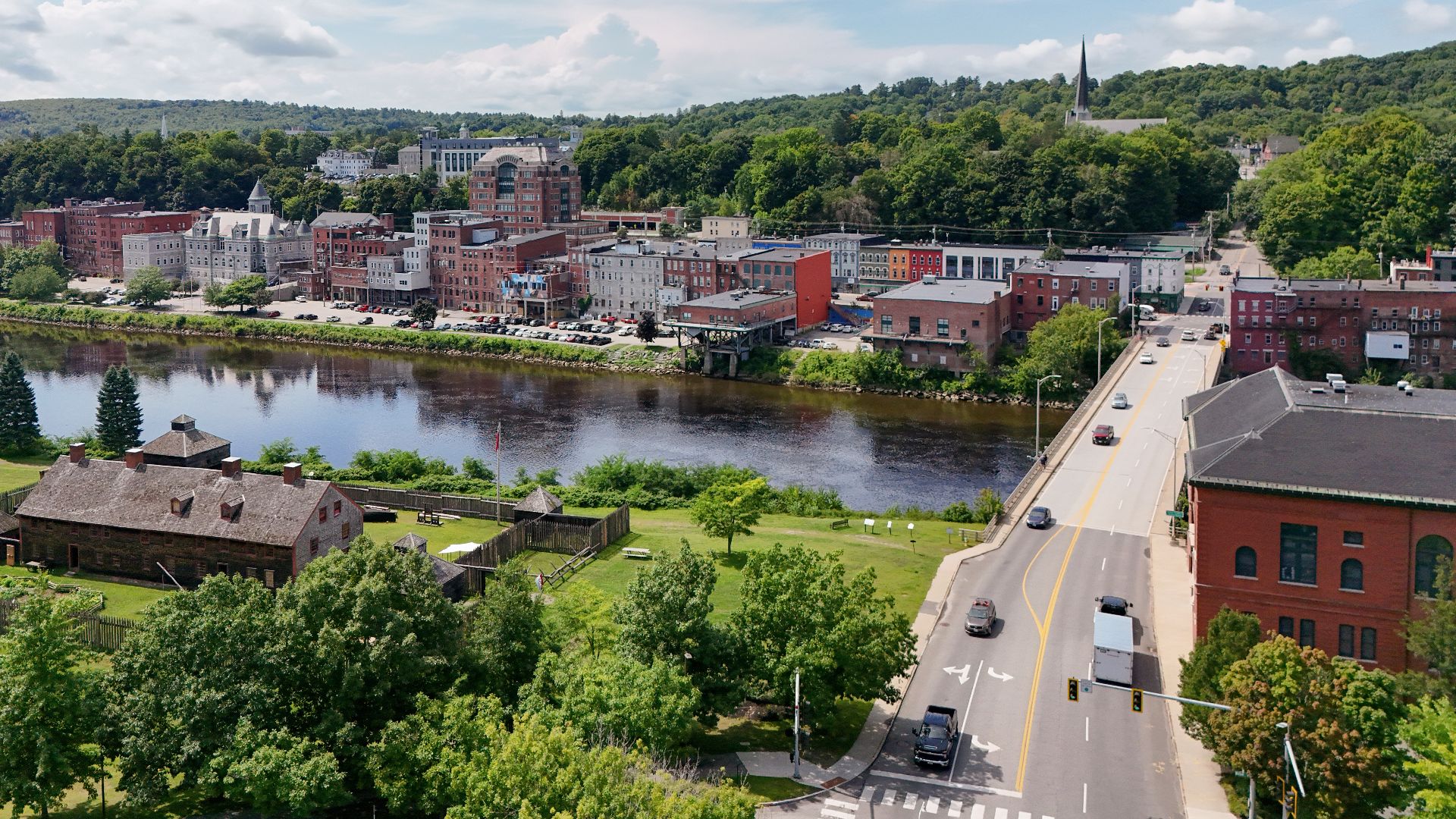Forgotten, But Still Here
How many states can you name without checking a map? Chances are, you'll remember the big ones like California and New York. It’s easy to rattle off the famous ones, but some parts of America quietly slip past our radar. These places aren’t loud. They don’t scream for attention. But they’re still part of the story. Let’s explore the forgotten corners of the map.
1. Delaware
Delaware holds the honor of being the first state to approve the Constitution, but that distinction rarely brings it lasting attention. Squeezed between larger states, it often gets passed over on road trips and in conversation. Without pro sports or iconic landmarks, it quietly waits in the wings.
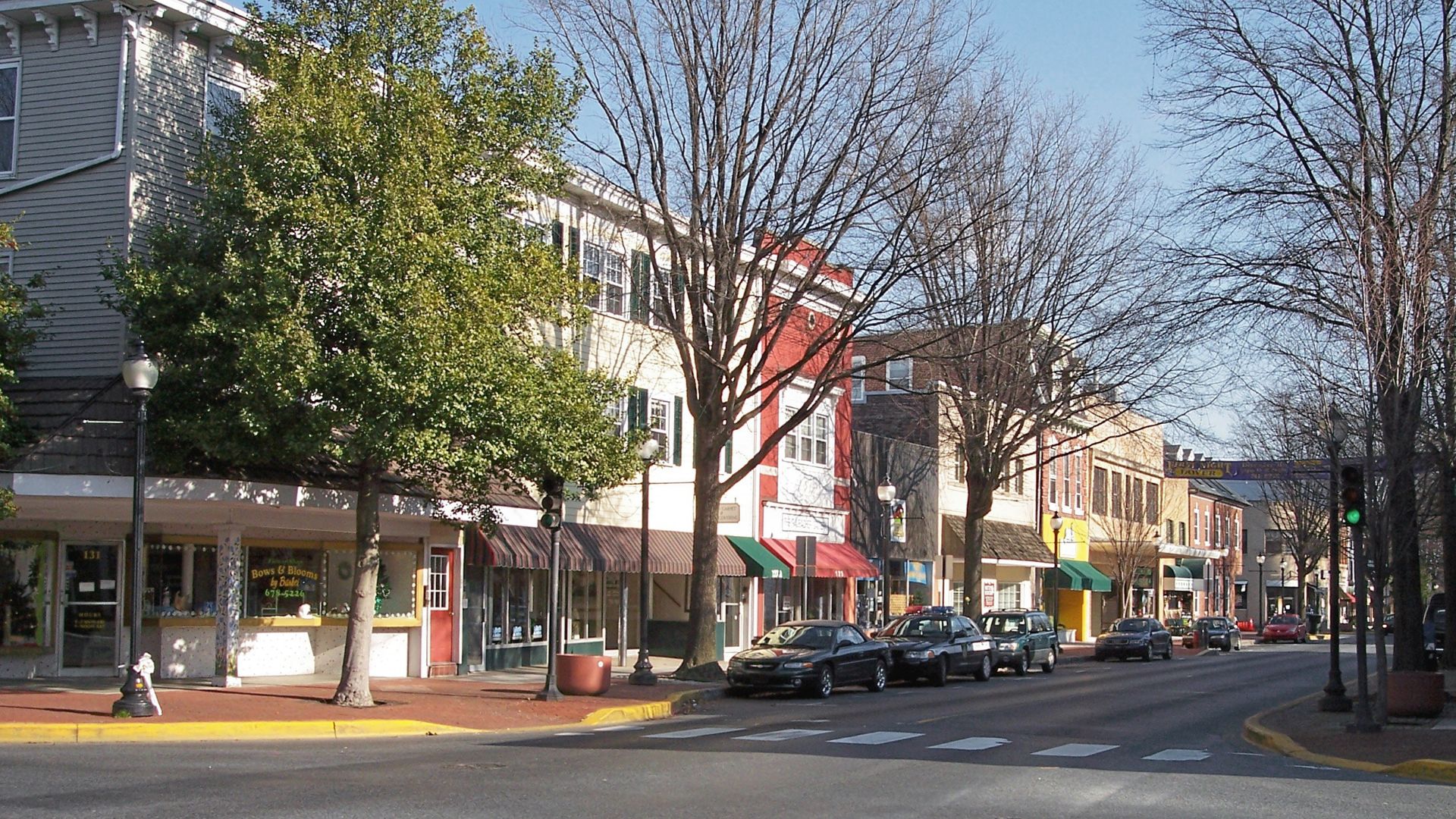 Tim Kiser (w:User:Malepheasant) on Wikimedia
Tim Kiser (w:User:Malepheasant) on Wikimedia
2. Nebraska
Most Americans see Nebraska as part of “flyover country,” defined more by what it lacks than what it offers. No national parks, no famous skyline. Yet its role in westward expansion was important, and landmarks like Chimney Rock and Carhenge reveal a story bigger than its reputation suggests.
3. Idaho
Idaho’s natural offerings are a gift to anyone who loves the outdoors: wilderness hiking in the Sawtooths and untamed rivers. Nevertheless, many confuse it with Iowa or overlook it entirely. Without big cities or flashy tourism campaigns, it often slips under the radar, quietly overshadowed by louder neighbors.
4. Rhode Island
Rhode Island may be the smallest state, but its impact on maritime trade and early American history was anything but minor. Still, people often skip it, especially when nearby cities like Boston steal the spotlight. Its hidden beaches and colonial streets remain some of New England’s best-kept secrets.
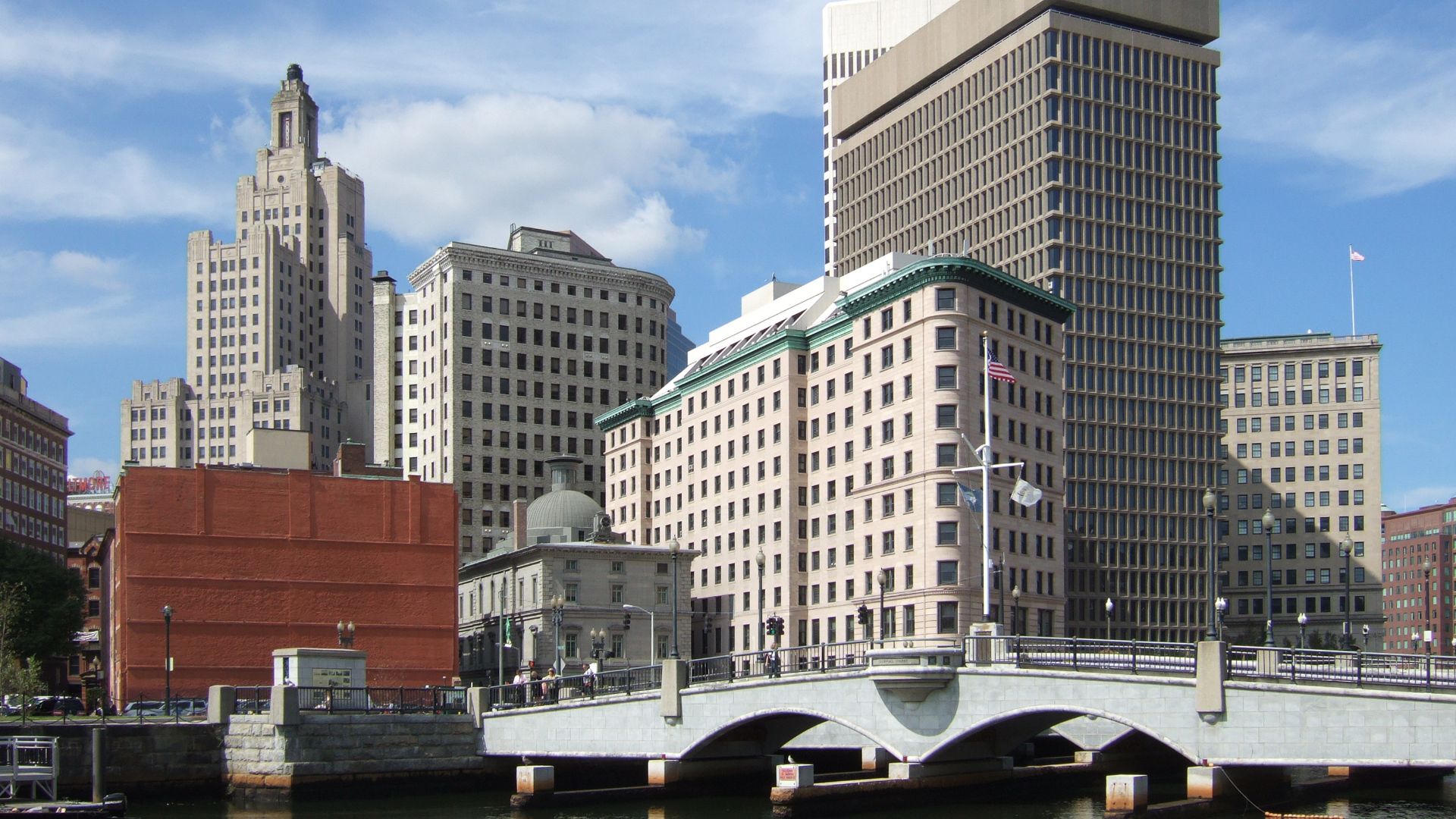 Kenneth C. Zirkel on Wikimedia
Kenneth C. Zirkel on Wikimedia
5. Mississippi
This state’s image suffers from long-standing stereotypes and economic struggles, pushing it far from the minds of modern travelers. Yet this is the birthplace of Southern literature and civil rights milestones. Cities like Natchez and Oxford still echo with the cultural depth that the rest of the country often misses.
6. West Virginia
The Appalachian peaks of West Virginia offer some of the most breathtaking views east of the Mississippi. Many confuse it with Virginia or overlook it entirely. With rugged terrain and a misunderstood identity, the state remains out of step and out of sight.
7. North Dakota
North Dakota stretches wide under open skies, quietly sitting at the top of the map with little fuss. It’s often confused with South Dakota or ignored altogether. Though its winters are brutal, its culture is rooted in Native history and resilient rural communities.
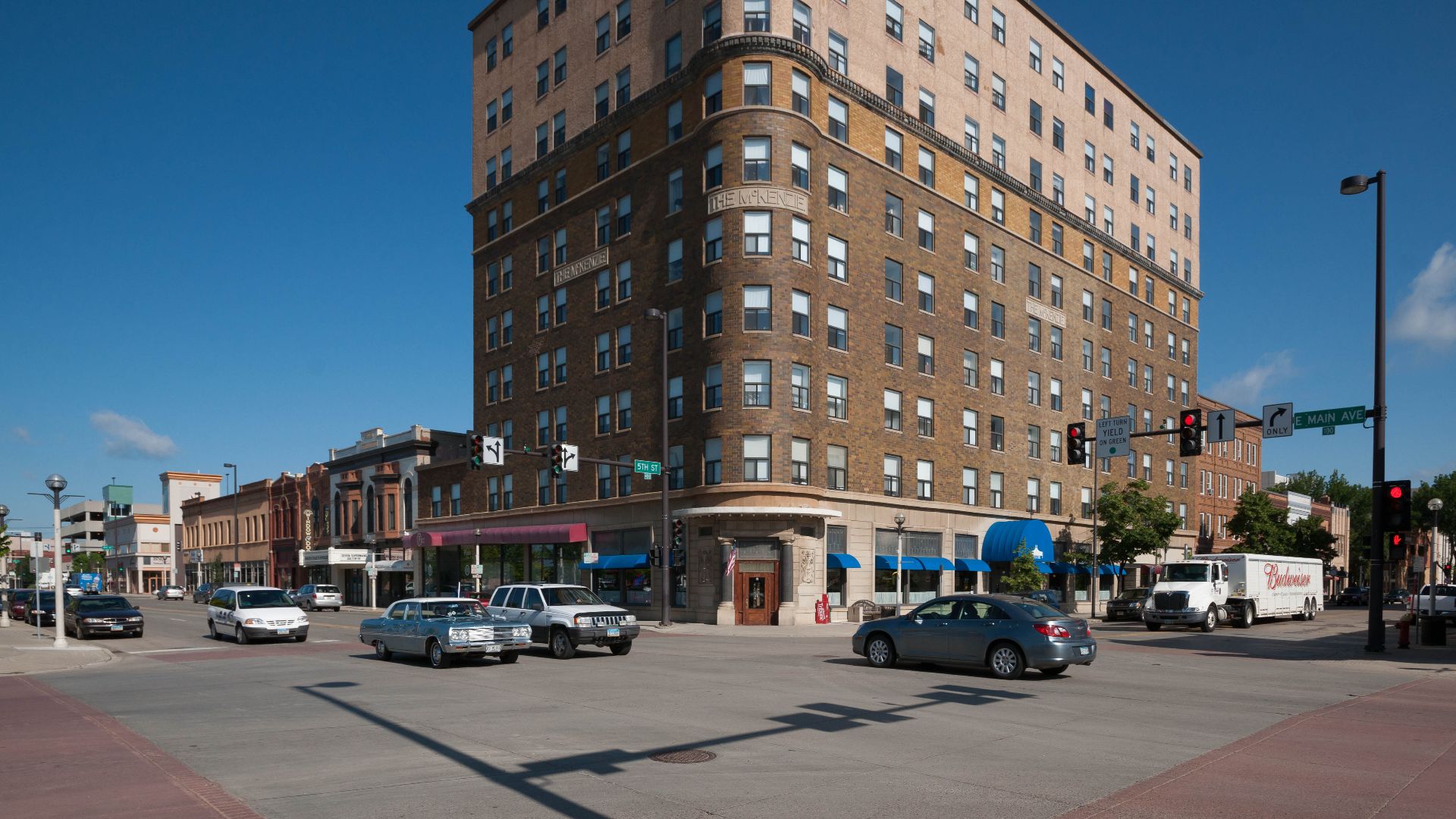 Andrew Filer from Seattle (ex-Minneapolis) on Wikimedia
Andrew Filer from Seattle (ex-Minneapolis) on Wikimedia
8. Arkansas
People often don’t know where to place Arkansas. It’s not Deep South enough for Southern stereotypes and not mountainous enough for a nature destination. As a result, it gets lost between labels. Still, it holds America’s only public diamond mine and some of the prettiest wilderness east of the Rockies.
9. Vermont
Vermont leads in local agriculture and small-town living. Its 1777 constitution was the first to ban slavery, though enforcement was gradual and incomplete until national abolition. With no major cities or sports teams and a modest population, it often fades from view, except in autumn.
10. South Dakota
South Dakota is often reduced to Mount Rushmore and not much else. Yet that monument is only one part of a vast and varied scenery. The Badlands and Lakota cultures offer a deeper story. Unfortunately, few travelers stay long enough to find it.
11. Wyoming
Despite being home to Yellowstone and Grand Teton, Wyoming feels like an afterthought. Its population is the smallest in the country, and many can’t name its capital. Without a major airport or dense urban center, it’s frequently bypassed even though its natural grandeur rivals anywhere in the West.
 Cliff from Arlington, VA (Outside Washington DC), USA on Wikimedia
Cliff from Arlington, VA (Outside Washington DC), USA on Wikimedia
12. New Hampshire
New Hampshire’s fiercely independent spirit and granite-lined lakes reflect a character all its own. The state even has “Live Free or Die” on its license plates. Yet, after the presidential primaries fade, so does national attention. Surrounded by more touristy neighbors, it slips back into regional anonymity.
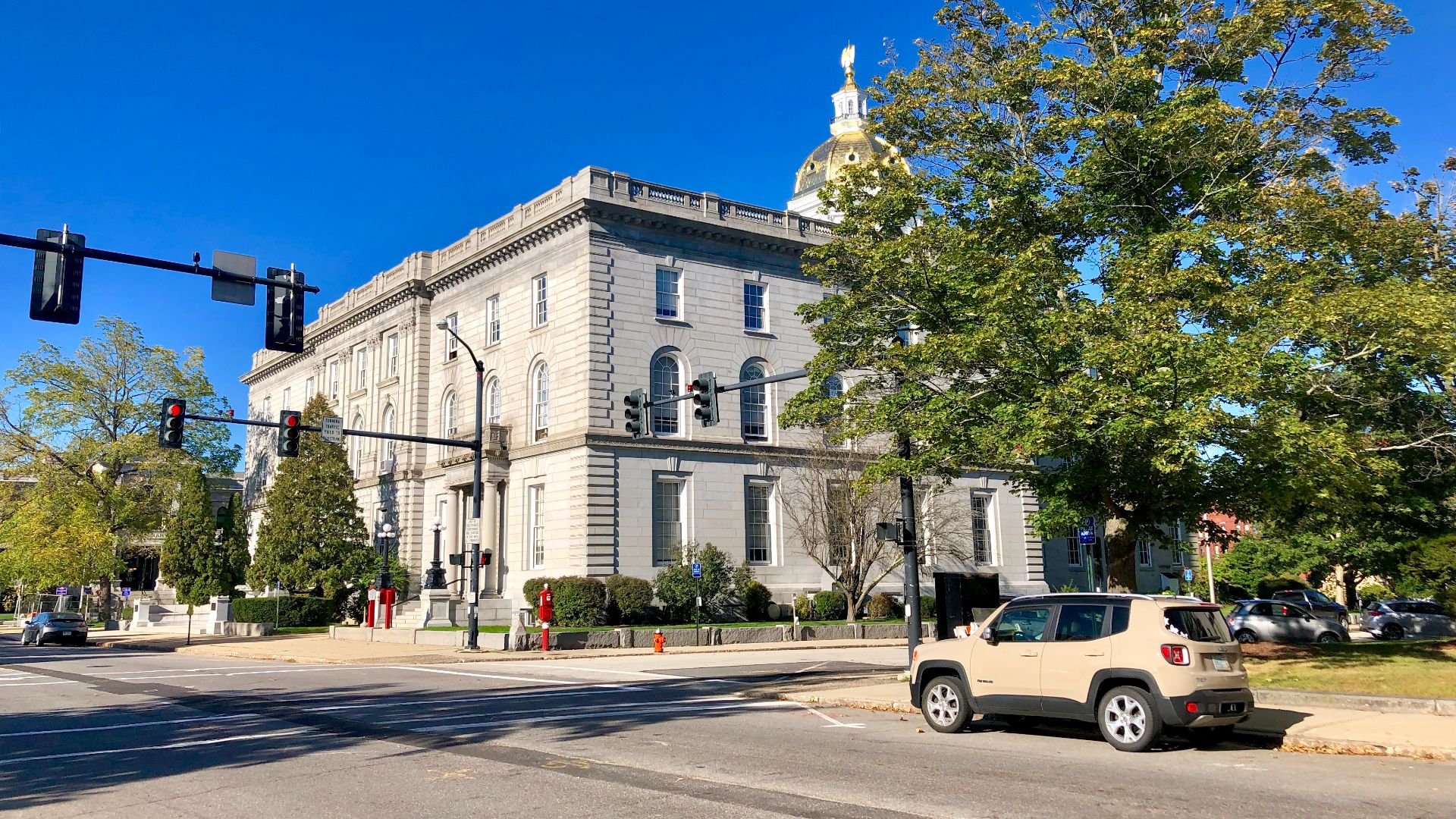 Warren LeMay from Covington, KY, United States on Wikimedia
Warren LeMay from Covington, KY, United States on Wikimedia
13. Montana
Montana is huge (larger than Germany), but its population is tiny, and its urban life is nearly nonexistent. Often called “Big Sky Country,” it’s a place where nature takes center stage. But with minimal infrastructure and quiet pride, it rarely competes with glitzier travel destinations out west.
14. Kansas
Kansas is still battling the perception that it’s nothing but flat fields and wheat. That stereotype is hard to shake despite its roles in Wild West history and civil rights. Though Dodge City and the Brown v. Board site speak volumes, the state is often tuned out.
15. Iowa
Iowa nurtures more than corn; it produces Pulitzer winners and farmland that feeds the nation. However, confusion with Idaho and Ohio makes it blur in memory. It shines briefly during election cycles, then fades from focus despite offering more depth than most expect.
16. Alabama
Alabama’s story stretches from civil rights landmarks to the stars, marking key moments in U.S. history. Despite its cultural and creative evolution, outdated ideas often shape how the state is viewed. Much of its current spirit flies under the radar.
17. Maine
Located in the northeast corner, Maine feels far from the American mainstream. Its long winters and rural coastline keep the crowds away. Still, it’s a seafood capital and home to Acadia National Park. Its isolation makes it easy to forget, but that’s what preserves its charm.
18. Kentucky
Kentucky is more than bourbon and horse races. It has one of the world’s largest cave systems and a geography that changes dramatically from east to west. Yet, lacking a singular defining identity, it often blends into broader ideas about “the South.”
19. Indiana
This state sits solidly in the Midwest, but its identity is harder to define. People know it for the Indy 500 and cornfields, but not much else. Its cities have quietly evolved, and its role in US manufacturing remains important, though rarely part of the national conversation.
20. Connecticut
Connecticut often gets brushed off as a stretch of New York or a spillover from Boston. But it has its own rich legacy—think colonial history and the halls of Yale. With quiet shoreline towns and peaceful forests, it offers a slower rhythm that most folks overlook.


